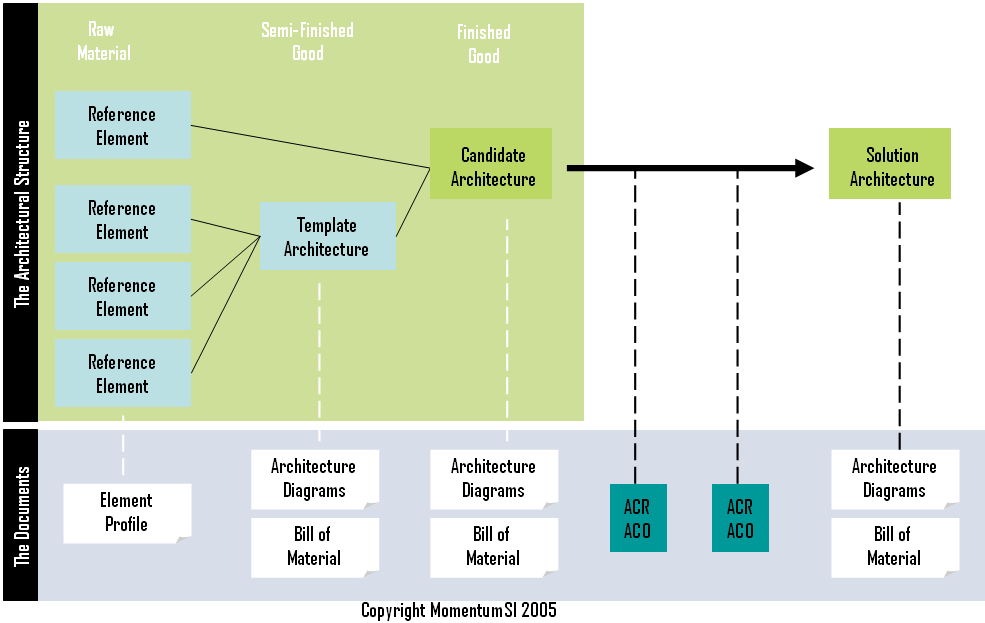I've witnessed teams go through great pains to version control the least important documents in the system. Source code, JavaDocs or test cases will be meticulously controlled, while the over-arching architectural documents will often go unattended. When they are versioned, they are usually treated as a BLOB, with no ability to perform a "Diff" or to maintain an automated digital log of the changes.
As organizations begin to adopt digital described reference architectures and use those elements to digitally describe their candidate architectures, they will find the ability to perform the 'diffs' and to manage change at an acceptable level.
Suddenly, we begin to see our architectural process looking much more like traditional hard-goods engineering process:

The Architectural Change Request (ACR) enables a software development team to track the changes to one of the most important elements in the SDLC, the architecture. Keep in mind, when architectural changes are made the impact (time / money), is usually significant. I firmly believe that the ACR/ACO process will encourage application architects to think and plan their architecture out more thoroughly at the initial stages leading to less rework after the project is initiated.
No comments:
Post a Comment